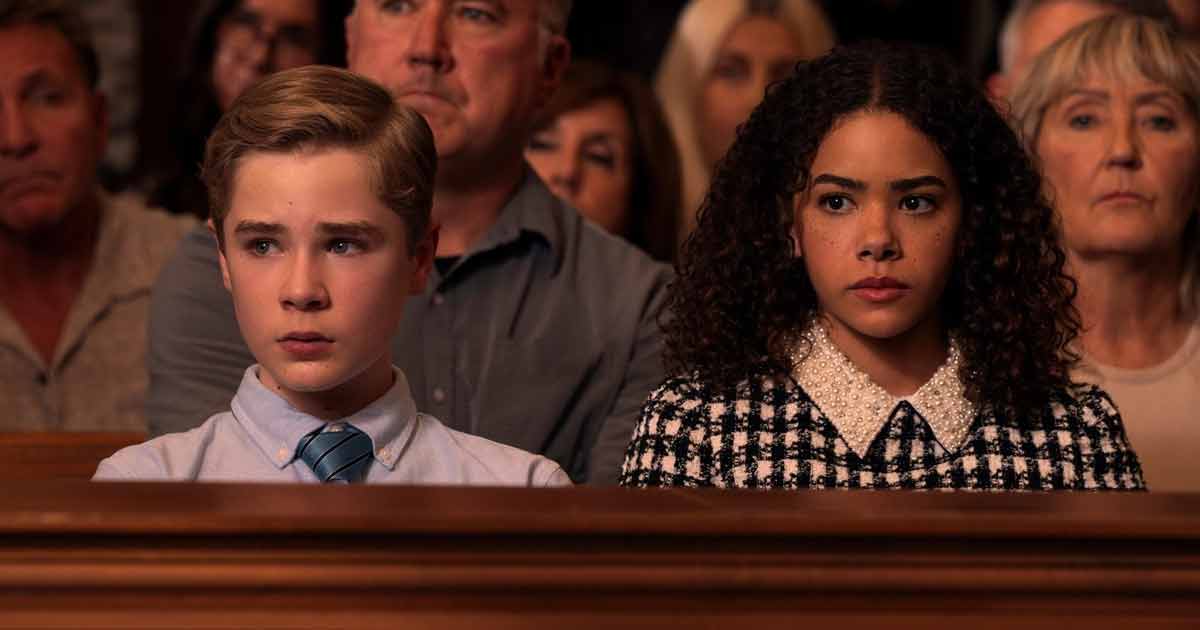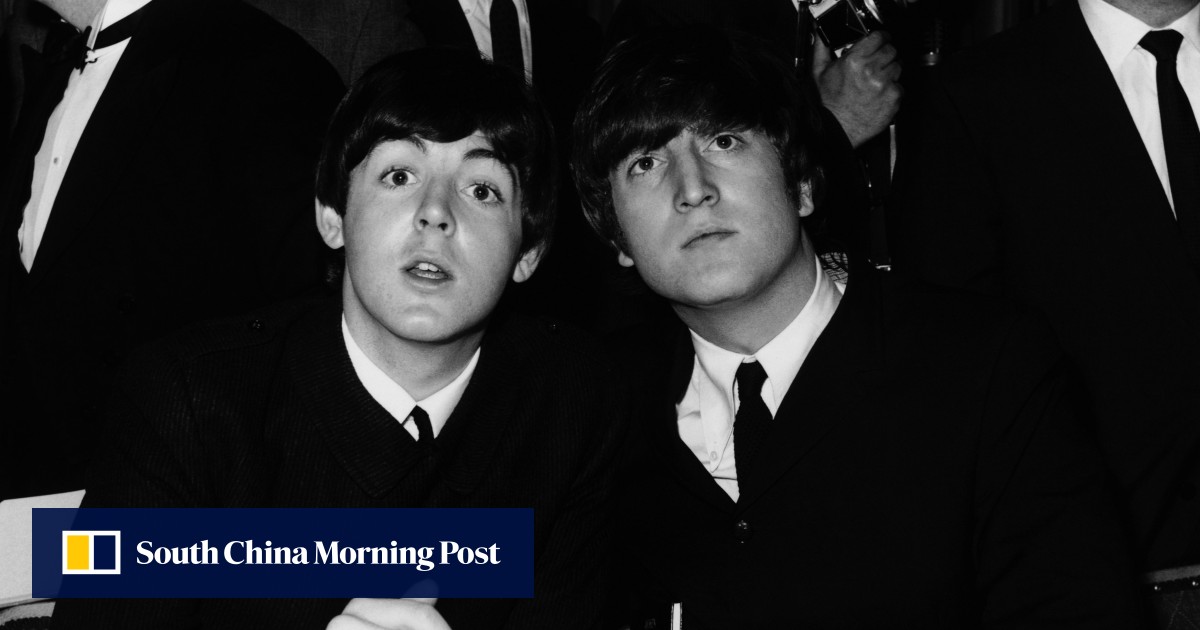“She has shown a great deal of political opportunism,” Alphand said. “The Eiffel Tower was not made to hang anything and everything on it.”
Paris 2024 sold the French public on hosting the Games by vowing to make them the “greenest in history,” pledging to use mostly preexisting infrastructure for sustainability purposes and to keep costs from spiraling out of control. Many of the temporary venues were built in the heart of the city, so iconic monuments like the Eiffel Tower became part of the backdrop for events like the opening ceremony or beach volleyball.
After the Games, those temporary structures are supposed to come down. Central Paris is supposed to return, for the most part, to what it was.
Hidalgo’s camp has so far batted off criticism as the typical complaints of Parisians, who are notorious for their loathing of any change to the French capital. I.M. Pei’s pyramids outside the Louvre were panned after their installation in the 1980s, and even the tower itself, which engineer Gustave Eiffel built for the 1889 World Fair, was initially opposed by architects and residents. Novelist Guy de Maupassant called it a “giant ungainly skeleton,” and it is said that he only liked to eat lunch there because that was the only place in Paris from which he could not see it.
Today, more than a century later, the Eiffel Tower is a near-universally beloved monument synonymous with France — and one that many, including Eiffel’s descendants, want left untouched.
“The rings completely break the design of the monument … it does not respect the work of our ancestor,” Olivier Berthelot-Eiffel, a great-great-grandson of Gustave Eiffel, told POLITICO. Berthelot-Eiffel chairs an association of Eiffel’s descendants, which opposes Hidalgo’s move.







